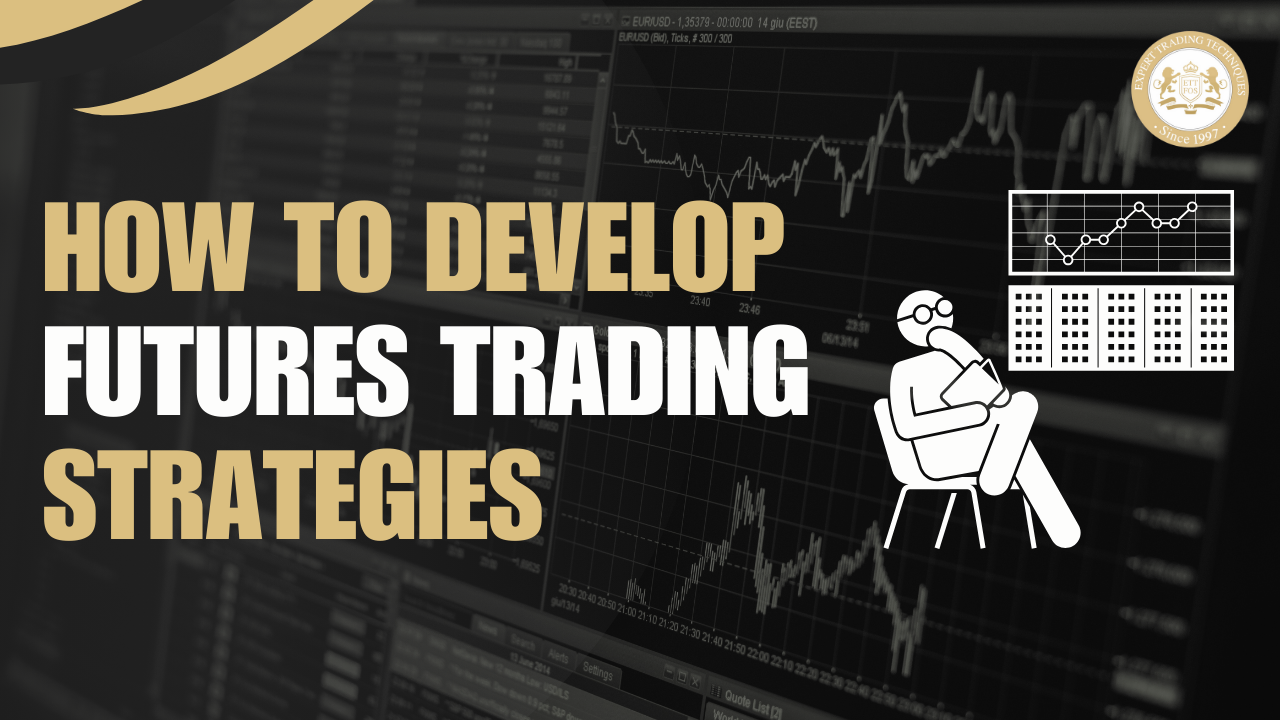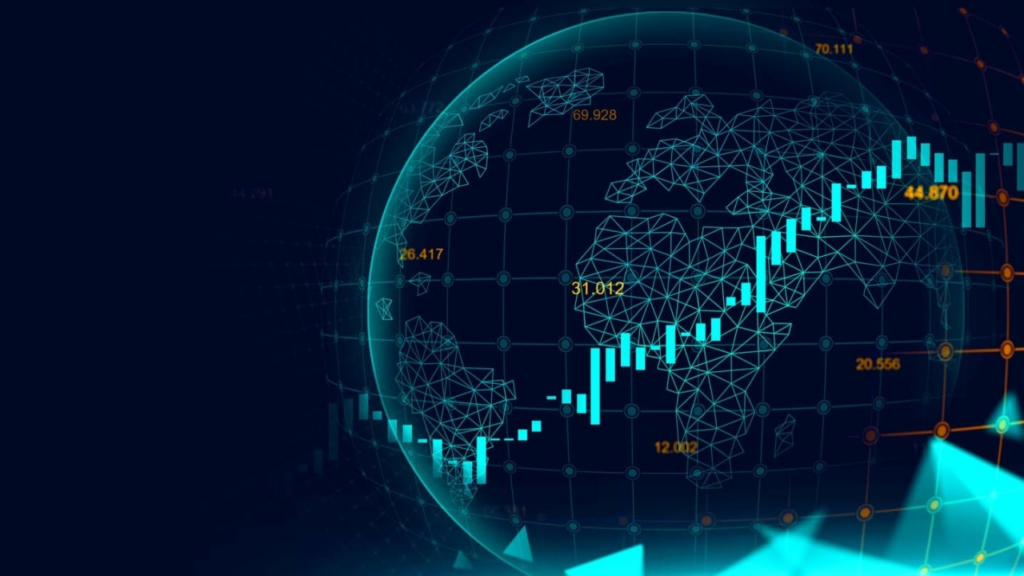
Imagine you’re a navigator steering a ship through ever-changing waters. The sea is unpredictable, with waves and currents shifting constantly. To stay on course, you need a map and a plan. This is what futures trading is like. Instead of navigating the ocean, you’re charting a course through the financial markets, predicting where prices will go in the future.
Just like a seasoned sailor uses tools and techniques to understand the ocean, successful futures traders rely on future trading strategies to steer their investments. From following market trends to making quick trades, these strategies help traders make informed decisions and manage risks. So, grab your trading compass and let’s explore the essential future trading strategies that can turn the turbulent waters of futures trading into a navigable journey.
Also Read: What Is Hedging

Futures trading might seem complex at first, but it’s based on some straightforward principles. Firstly, let’s learn about what futures contract is. It is like a promise between two parties to buy or sell something at a set price in the future. Think of it as agreeing today to buy a product, like oil or gold, at a price you both agree on, but you’ll actually complete the transaction later, on a specific date. These contracts are standardized, meaning they have fixed terms so everyone knows exactly what they’re trading.
When you trade futures, you’re buying or selling these contracts. For example, if you believe the price of oil will go up, you might buy a futures contract now. If you’re right and the price goes up by the contract’s expiration date, you can sell it at the higher price and make a profit. Conversely, if the price drops, you might end up losing money.
Also Read: What Is Crypto Mining
Futures contracts are adjusted daily. This means that every day, your account is credited or debited based on the contract’s current market value. If the price moves in your favor, you’ll see a profit in your account. If it moves against you, your account will reflect a loss. This process is called marking-to-market. You can close a futures position by taking the opposite trade. If you bought a contract earlier, you’d sell a similar contract to close your position. This way, you don’t need to wait until the contract’s expiration date. You’re just settling the trade before it ends.
Imagine you’re a trader who thinks wheat prices will rise. You buy a futures contract for wheat at $500 per contract. A few weeks later, the price goes up to $550. You decide to sell your contract, making a $50 profit. If the price had fallen, you would have faced a loss.
Also Read: How to Create a Winning Forex Trading Plan
When you’re getting started with futures trading strategies, there are some key terms you need to know. Here’s a simple guide to help you understand them:
Margin is the money you need to put down to open a futures position. Think of it as a security deposit. It’s not the full cost of the contract, but a portion of it, which helps cover potential losses. If the market moves against you, your margin can be used to cover those losses.
Leverage allows you to control a large amount of an asset with a relatively small amount of money. For instance, with a 10:1 leverage, you can control $10,000 worth of contracts with just $1,000. While this can amplify your gains, it also increases the risk of bigger losses.
This is the date when the futures contract expires. On this date, the contract must be settled, either through buying or selling the asset or closing out the position. Until this date, you can trade or adjust your position.
Settlement is how the contract is fulfilled. It can be done in two ways:
Every day, the value of your futures position is adjusted based on current market prices. This daily adjustment is called mark-to-market. If the market moves in your favor, you earn money, but if it moves against you, you might lose money. This helps keep accounts current and ensures that losses and gains are settled daily.
Also Read: Common Mistakes In Intraday Crypto Trading

When trading futures, having a strategy can make all the difference. Here are a few essential strategies to get you started:
This strategy involves identifying and following the direction of the market trend. If the market is moving up, you buy (or go long); if it’s moving down, you sell (or go short). The idea is to ride the trend for as long as it lasts. Tools like moving averages can help spot these trends.
Swing trading aims to capture short- to medium-term price moves. Traders look for “swings” in the market, periods where prices move up or down. By buying at a low point and selling at a high point (or vice versa), swing traders aim to profit from these price swings. Patterns and technical indicators can help identify these opportunities.
Arbitrage involves exploiting price differences between related futures contracts or between different markets. For example, if you find that a futures contract for crude oil is cheaper on one exchange compared to another, you can buy low on the cheaper exchange and sell high on the more expensive one to lock in a profit.
Spread trading means taking two positions at once, buying one contract and selling another related contract. The goal is to profit from the difference in prices between the two contracts. Common types include calendar spreads (different expiration dates) and inter-commodity spreads (related commodities).
Scalping is a high-frequency futures trading strategy where you make numerous trades throughout the day to capture small price movements. Scalpers rely on speed and precision, often using technical indicators and real-time data to make quick decisions.
Also Read: What is Swing Trading in Crypto
To navigate the world of futures trading successfully, you’ll need a few essential tools and resources. Here’s a brief rundown:
1. Trading Platforms: These are software tools that allow you to execute trades and monitor the market. Popular platforms like MetaTrader, NinjaTrader, and Thinkorswim offer features like real-time quotes, advanced charting, and order execution. Look for platforms with user-friendly interfaces and robust analytical tools.
2. Technical Analysis Tools: It help you study market trends and make informed trading decisions. Key tools include:
3. Economic Calendars: They track important financial events and announcements that can impact the markets, such as economic reports, interest rate decisions, and corporate earnings. Staying updated on these events helps you anticipate market movements and adjust your trading strategy accordingly.
4. News Sources: Reliable news sources provide updates on market conditions, geopolitical events, and other factors that can influence prices. Websites like Bloomberg, Reuters, and CNBC are good for staying informed about market-moving news.
5. Educational Resources: Ongoing education is crucial for trading success. Books like “Trading Futures For Dummies” and online courses from platforms like ETTFOS.COM offer valuable insights into futures trading strategies and techniques.
6. Forums and Communities: Joining trading forums and communities can provide support and insights from other traders. Places like Reddit’s r/futures and TradingView’s community can offer tips, strategies, and discussions about market trends.
Also Read: What Is Commodity Trading

If you’re looking to take your futures trading to the next level, exploring advanced techniques can offer new opportunities and insights. Here’s a brief overview of some of these techniques:
Algorithmic trading uses computer algorithms to execute trades based on pre-set criteria. These algorithms can process large amounts of data and make trades at high speeds, which is useful for exploiting small price movements. For example, a trading algorithm might automatically buy or sell futures contracts when certain market conditions are met, helping to capture opportunities faster than a human could.
High-frequency trading involves making a large number of trades within a very short period, often milliseconds. HFT uses advanced algorithms and high-speed networks to gain an edge by capitalizing on tiny price changes. While this can lead to profits, it requires significant technology investment and can be challenging to manage.
It involves using algorithms that improve their performance as they process more data. In futures trading, machine learning models can analyze historical data to predict future price movements or identify trading patterns. For instance, machine learning can help develop models that forecast price trends based on various market indicators and news events.
Also Read: What Is Swing Trading in Forex
In this guide, we’ve covered the essentials of futures trading, from understanding basic concepts and key terminology to exploring various strategies like trend following and swing trading. We’ve also looked at advanced techniques such as algorithmic trading and high-frequency trading, along with the importance of using the right tools and resources to support your trading decisions.
To deepen your knowledge and refine your trading skills, consider enrolling in the ETTFOS Core Masterclass. Our masterclass provides comprehensive training on futures trading strategies and advanced techniques, helping you to apply what you’ve learned effectively. Subscribe to our updates for ongoing insights and stay ahead in the futures market!
For beginners, trend following is often the best strategy. It involves buying when the market is rising and selling when it’s falling, using simple indicators like moving averages to guide decisions.
To start trading futures, you typically need a few thousand dollars to cover margin requirements and potential losses. The exact amount depends on the contracts and leverage used.
Yes, you can trade futures part-time. Strategies like swing trading or using automated systems can fit around a full-time job, allowing you to manage trades without needing constant attention.
In the U.S., futures trading profits are generally taxed under Section 1256, with 60% of gains taxed at long-term rates and 40% at short-term rates. It’s important to consult a tax professional for specific advice.
Also Read: What Is Gold ETF